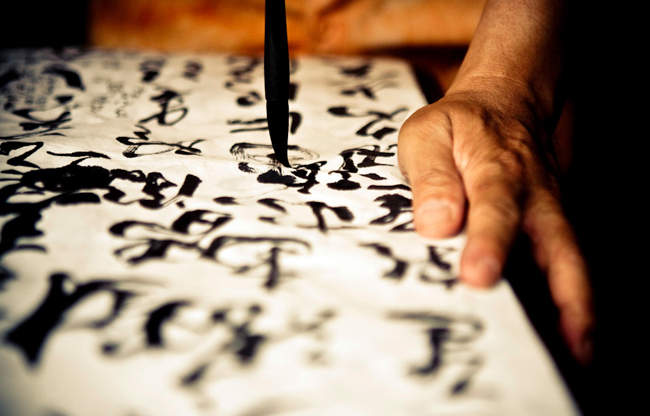Handwriting and the Keyboard
In the digital era, many Chinese people are faced with the prospect of losing their handwriting abilities. As one of the oldest existent languages, Chinese is used by the largest population in the world today. Chinese characters, or hanzi, were first invented 6,000 years ago, according to current archaeological discoveries. Until the Shang Dynasty (about 16th-11th century B.C.), they were found mostly inscribed on tortoise shells and animal bones.
Over thousands of years, generations of Chinese have developed handwritten hanzi into a calligraphic art and means by which to spread ancient wisdom. An old Chinese saying states that a man's personality is like his or her handwriting. It is believed in China that a person's attitude and spirit are reflected in calligraphy, which embodies traditional Chinese esthetics.
However, with the advent of modern technology, handwritten hanzi seems to be on the decline, with many fearing its eventual extinction. Inputting Chinese characters into computers and cellphones using various types of keyboards has become the major means by which to communicate with most people, posing a possible threat to the survival of handwriting.
Despite growing concern, some argue that handwritten hanzi faces little danger. Li He, a philosophy researcher with the Chinese Academy of Social Sciences, said that the decline of handwriting is not exclusive to Chinese, with many other languages, including English, up against similar problems. In his view, boosting handwriting training in educational instructions might prove a solution. In turn, Zhang Yiwu, a professor of Chinese language and literature at Peking University, believes that the invention of handwriting-input technology would help revive handwritten hanzi in the modern age.
With hanzi a key part of Chinese civilization, the problems it faces have given rise to similar questions around the globe pertaining to the ongoing preservation of traditional culture.
 Handwriting and the Keyboard
Handwriting and the KeyboardSource: bjreview.com.cn